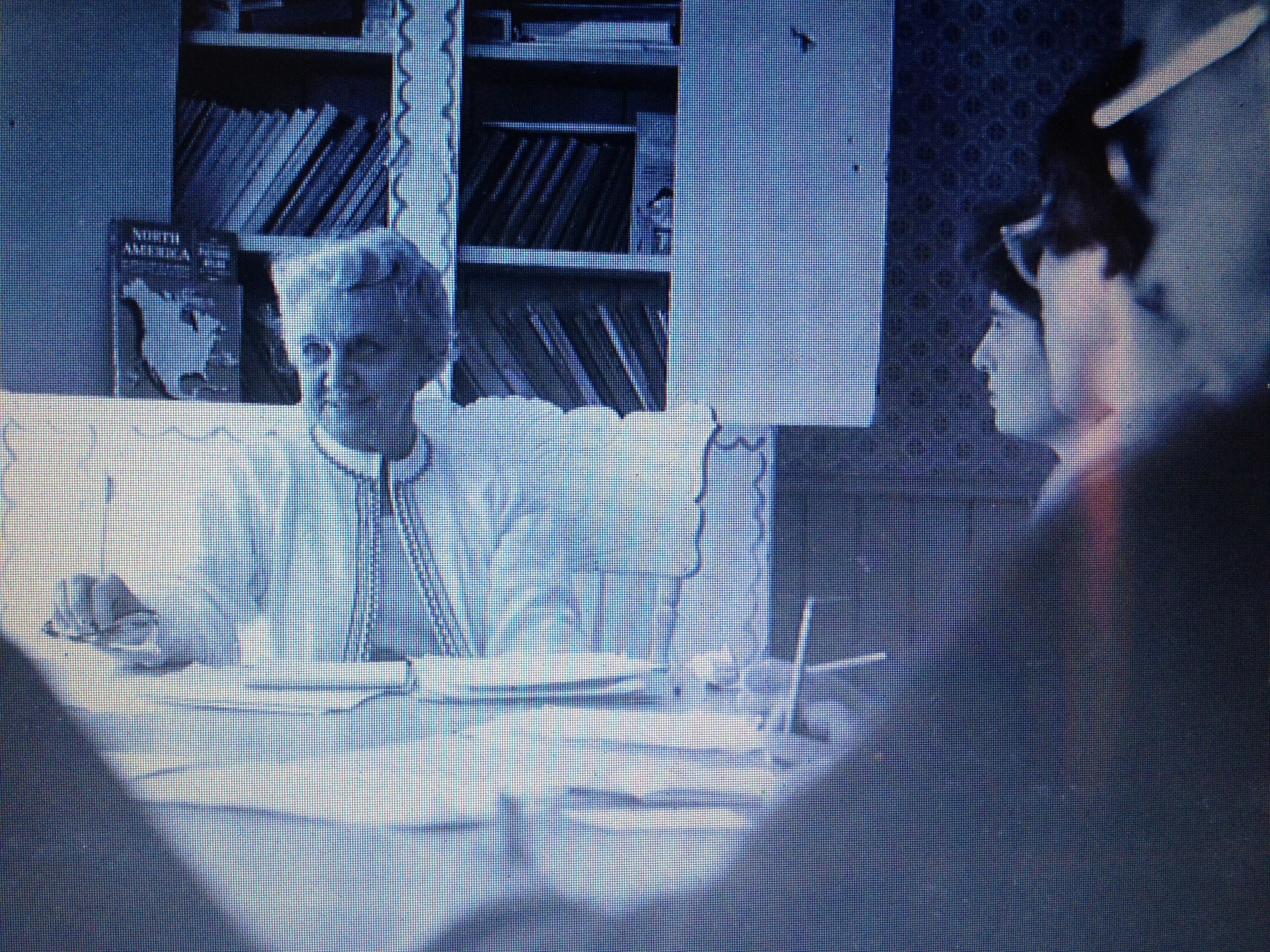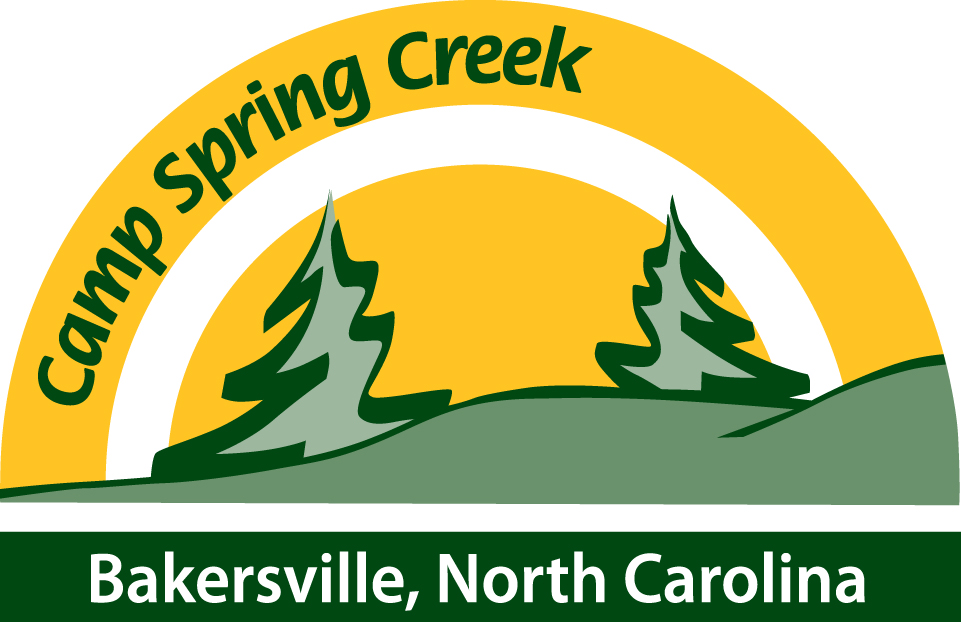 Today's blog post is a tribute written by Helene Dubrow about Anna Gillingham. Helene trained under Samuel Orton, Anna Gilingham, and Bessie Stillman and went on to found Camp Mansfield, the first camp for children with dyslexia, among other programs. Her grandson Van Westervelt was recently featured on our blog and assists us with staff training each summer. Thanks, Van, for sharing this very special document with us.
Today's blog post is a tribute written by Helene Dubrow about Anna Gillingham. Helene trained under Samuel Orton, Anna Gilingham, and Bessie Stillman and went on to found Camp Mansfield, the first camp for children with dyslexia, among other programs. Her grandson Van Westervelt was recently featured on our blog and assists us with staff training each summer. Thanks, Van, for sharing this very special document with us.
I first met Anna Gillingham when she came to Verona, New Jersey in October 1936 to give a series of three lectures to teachers. The first pertained to reading, the second to spelling, and the third topic was not announced. As we later found out, the final meeting related to handwriting and difficulties students experienced with written expression. All three meetings were stimulating and increased my interest in understanding specific language-learning difficulties.
For the previous three years I had been training individual elementary school children with some degree of S.L.D. under the direction of Dr. and Mrs. Samuel T. Orton. As a result of this experience, I was eager to learn more about programs to assist older students at junior and senior high school levels. Accordingly, I approached A. G. after the final session and asked where one could get additional training and knowledge about remediation for older dyslexic students. She was quick to respond, saying “Why don’t you come and work with me?” Anna was then a psychologist at Ethical Culture, Fieldstone School, New York City. By November 1936 arrangements were complete, and I traveled five days a week from Montclair, New Jersey to Fieldstone School, where I was scheduled to instruct individual students under A. G.’s supervision. This program was continued until June 1937 when Bessie Stillman and A. G. went to Punohu School, Honolulu.
My experience at Fieldstone was particularly important, for as a teacher A. G. was thorough and demanding. She was explicit in giving directions and took time to explain procedures as they related to individual students' needs. One cannot forget her ability to understand the learning problems and present a program for remediation. As almost no materials were available at that time, 1936-1937, Anna made her own drill cards, books, and word lists for reading and spelling. Before the Manual was developed, Florence Aiken’s book Word Mastery was of prime importance.
It was Anna who helped me to understand the specific handicaps related to dysgraphia. She increased my interest in handwriting and how it handicaps academic achievement. For some children who have serious difficulty with fine-motor functioning, she believed time spent trying to develop legible hand-writing was a waste of time. For those students she recommended learning to type. Under her direction, I taught typing to fourth and fifth grade students. Anna devised a clever scheme to teach the touch system. A frame was built over the keyboard. A bib was fastened about the child’s neck and attached to the frame. With this arrangement, children could not watch their fingers, and the system seemed preferable to covering the keys. With the latter there was a tendency to look at the hands but with the bib, this was eliminated. I believe this unique idea has not been put in practice.
During the year at Fieldstone School, I had frequent sessions with Bessie Stillman. These conferences at her apartment were scheduled after school hours and related to spelling. Such meetings with A. G. and Bessie Stillman were particularly helpful, for they were directed to the needs of older students.
At the end of the school year Anna and Bessie left for Punohu School, Honolulu. Upon their return they learned of the death of my husband August 1937. As Anna was acquainted with my family she showed special interest in our welfare and was most helpful with suggestions and frequent conferences. She followed my programs at public and independent schools with interest. She was most supportive and made trips to schools and centers to give talks to faculties. In this way she spread the word and improved understanding of specific language disability.
While I was on the staff at Phillips Academy, Andover, Massachusetts, Anna lectured there to members of the English Department. During this period 1943-1947, I learned about her programs for early identification of children with some degree of S. L. D. This interested me particularly, for I had spent over ten years trying to retrain bright, able students whose early language-learning programs were inappropriate and ineffective. Accordingly, when I accepted a position at Sidwell Friends School, Washington, D. C., 1948, it was with the understanding that a program for early identification of S. L. D. students supervised by A. G. would be initiated. It was agreed that Kindergarten children would be examined and those indicating the need for Orton-Gillingham approach would be selected and have special training in grade I through grade IV. During those years, Anna came six times each year to review data and train teachers to use phonetic-alphabetic approach for learning to read, spell and write. When Anna came to Washington she lived with me and visited the school each day. At night she reviewed the children’s folders which contained results of tests and teacher’s observations. This information she discussed in detail with me. From the data collected and consultations with teachers, decisions were made about appropriate methods to be used with individual children in grade I. The small number of students chosen for special training was mainstreamed. The classroom teacher was prepared to present phonetic alphabetic approach for learning to read, spell, and write. Similar programs were continued through the first four grades. The results surpassed our expectations and proved A. G.’s theory important. This was an experimental pioneering project which demonstrated A. G.’s belief that characteristics of S. L. D. could be identified at kindergarten level, and if taught using appropriate methods, frustrations and discouragement would be reduced. I was happy to participate in the experiment at Sidwell Friends School and the experience strengthened my interest in programs for early identification and prevention of severe consequences related to dyslexia. My enthusiasm for early identification of language-learning difficulties has never diminished.
When I joined Dr. Roswell Gallagher, 1953, at the Adolescent Unit, Children’s Medical Center, Boston, and trained tutors to instruct S. L. D. students, A. G. came frequently to lecture and confer with professional people interested in the “Cause.” She gave willingly of her time and energy. Though her sight was failing she continued and was steadfast in her desire to spread her message. This she did well.
A.G. was always interested in my Camp Mansfield project. This camp was established as a result of Dr. Samuel T. Orton’s urging. He sensed the need for summer programs to train children diagnosed S. L. D. and was eager to provide individual remedial instruction along with recreational activities. This plan was developed in a rural setting among the hills and mountains of Vermont. A. G. followed our program at Camp Mansfield. She visited on several occasions and loved to walk about the fields near the streams talking with campers and staff members. With her experience and knowledge she had much to offer. She gave freely of her time which benefitted all.
It was the occasion of her last summer when I visited her at the Methodist Home in Mt. Vernon, New York, that she mentioned while others were going off on vacation she had no place to go. It was then that I, along with a few Boston friends, arranged for a vacation at Camp Mansfield, Vermont. At that time Anna was without sight, but she was eager and happy to make the airplane trip to Burlington. There I met her and completed the journey to Camp. Because she was familiar with the setting and remembered how we were situated, she was delighted to find her way about and enjoy the country atmosphere. Campers and staff members were quick to assist and guide her when necessary. She attended staff meetings and made wise comments. Teachers were grateful for the opportunity to share her thoughts and wisdom. A. G. was pleased and thoroughly enjoyed her visit. When the time came for departure and return to New York, I found her fully dressed lying on the bed. As I entered, she spoke firmly and said. “Don’t think I’m tired, but when you can’t see, you have lots of time to think.” With this characteristic remark, we bade farewell. Her spirit and desire to assist children never dimmed. She labored unceasingly to promote the “Cause” in which she was so completely dedicated.
We who worked with her can never forget.
